13 Steps to Starting Your Own Podcast
Embarking on the journey of creating your own podcast is an exciting endeavor, but it also requires careful planning and execution. Whether you're passionate about storytelling, interviewing experts, or sharing valuable insights with your audience, the steps to launching your podcast successfully are pivotal. In this comprehensive guide, we'll walk you through the essential 13 steps to help you kickstart your podcasting journey. From conceptualization and content planning to recording equipment, distribution channels, and now even creating your own podcast logo, each step is designed to equip you with the knowledge and tools you need to bring your podcast vision to life. Let's dive in and explore the key steps in detail!
1. Conceptualization: Define the purpose, theme, and target audience of your podcast. Consider what you want to achieve with your podcast and the topics you're passionate about.
2. Content Planning: Create an outline of potential episodes, including topics, guests, and episode lengths. Decide on a format, such as interviews, storytelling, or educational content.
3. Logo Design: Create a logo that represents your podcast's brand. Consider elements such as color scheme, typography, and imagery to reflect the theme and tone of your podcast.
4. Recording Equipment: Invest in essential recording equipment, such as microphones, headphones, a pop filter, and audio interface. Consider acoustic treatment for your recording space to minimize background noise.
5. Recording Software: Choose a digital audio workstation (DAW) or recording software for editing and mixing your podcast episodes. Common options include Audacity, Adobe Audition, or GarageBand.
6. Scripting: Prepare episode scripts, interview questions, and talking points to maintain a structured and engaging flow throughout each episode.
7. Recording: Set up your recording space, ensure optimal audio levels, and start recording your first episode. Edit out any mistakes or unwanted segments during post-production.
8. Audio Editing: Use your chosen recording software to edit the recorded audio, remove background noise, add music or sound effects, and enhance audio quality.
9. Hosting Platform: Select a podcast hosting platform to store and distribute your podcast episodes. Popular options include Libsyn, Podbean, and Anchor.
10. Distribution Channels: Submit your podcast to major distribution channels like Apple Podcasts, Spotify, Google Podcasts, and Stitcher. Create cover art and write engaging descriptions for each episode.
11. Promotion and Marketing: Develop a marketing strategy to promote your podcast on social media, through email newsletters, and by collaborating with other podcasters or influencers in your niche.
12. Consistency: Establish a consistent publishing schedule for your episodes to keep your audience engaged and attract new listeners.
13. Engagement and Growth: Engage with your listeners through feedback, reviews, and social media interactions. Continuously evaluate your podcast's performance and adapt your content based on audience feedback.
As you venture into the world of podcasting, remember that each step plays a crucial role in shaping the success of your show. From the initial conceptualization to the final distribution and promotion, your dedication and creativity will drive the pulse of your podcast. Embrace the learning process, celebrate every milestone, and keep refining your podcasting skills. As you implement these 13 steps, you'll not only share your unique voice with the world but also create a community of engaged listeners who eagerly anticipate your next episode. Your podcasting journey is an ongoing adventure, and we're excited to see the remarkable stories, insights, and experiences you'll bring to life through the power of podcasting. Here's to the exhilarating world of podcasting and the meaningful connections it fosters. Happy podcasting!
